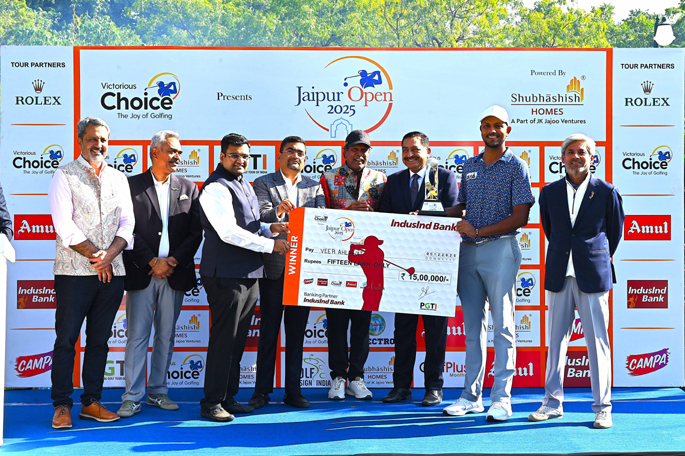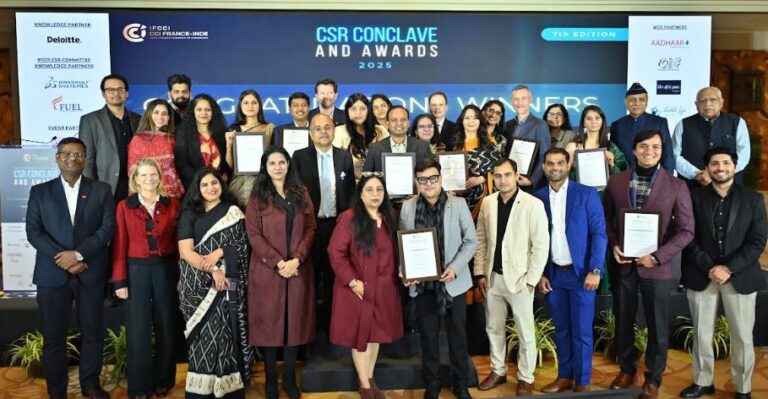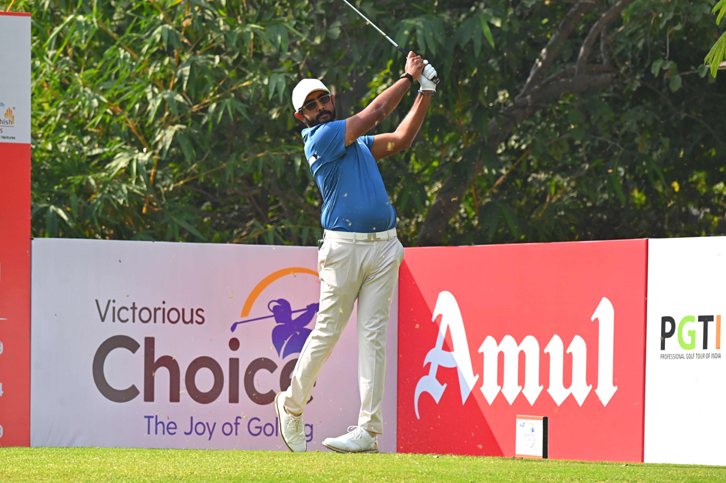
By Neeraj Kumar
Patna: Bihar has achieved self-sufficiency in fisheries, no longer relying on other states for its fish supply. The state is now moving towards hi-tech fish farming to bring fresh fish to the market, reduce costs for fish farmers, and increase their profits. The government plans to introduce drone technology to facilitate fish farming, aiming for efficient and uniform fish care.
A programme was organised at Gyan Bhawan in Patna, where a large number of fish farmers gathered to learn about the use of drones in fisheries. Union Fisheries, Animal Husbandry and Dairy Minister Lalan Singh and Chief Minister Nitish Kumar, who served as the chief guest, attended the event. Deputy Chief Minister Vijay Sinha and Animal Husbandry Minister Renu Devi were also present.
Chief Minister Nitish Kumar expressed that with the Centre’s support, Bihar’s development will accelerate further. He highlighted the state’s progress in fish production, revealing that assistance of ₹80 crore has been received since 2022 from the central government. Kumar stated that fish production has increased significantly from 2.88 lakh metric tonnes in 2005 to 8.73 lakh metric tonnes today, making Bihar self-sufficient and even enabling exports.

The Chief Minister also reaffirmed his alliance with the NDA, emphasising that he will not join the Grand Alliance again. He stated that he is committed to working with the NDA for the development of Bihar.
Union Minister Lalan Singh mentioned that fish exports are now worth ₹60,000 crore, and in the future, drone technology will be utilised to provide facilities to fish farmers. Drones will be used for emergency services, such as delivering life jackets and spraying medicine to control fish diseases. Demonstrations were conducted to show how drones can monitor fish health and distribute medicine more efficiently.

The programme also demonstrated how drones can evenly distribute fish feed across the pond, ensuring that all fish, regardless of strength, have equal access to food, unlike traditional hand-feeding methods where weaker fish are often left out.







